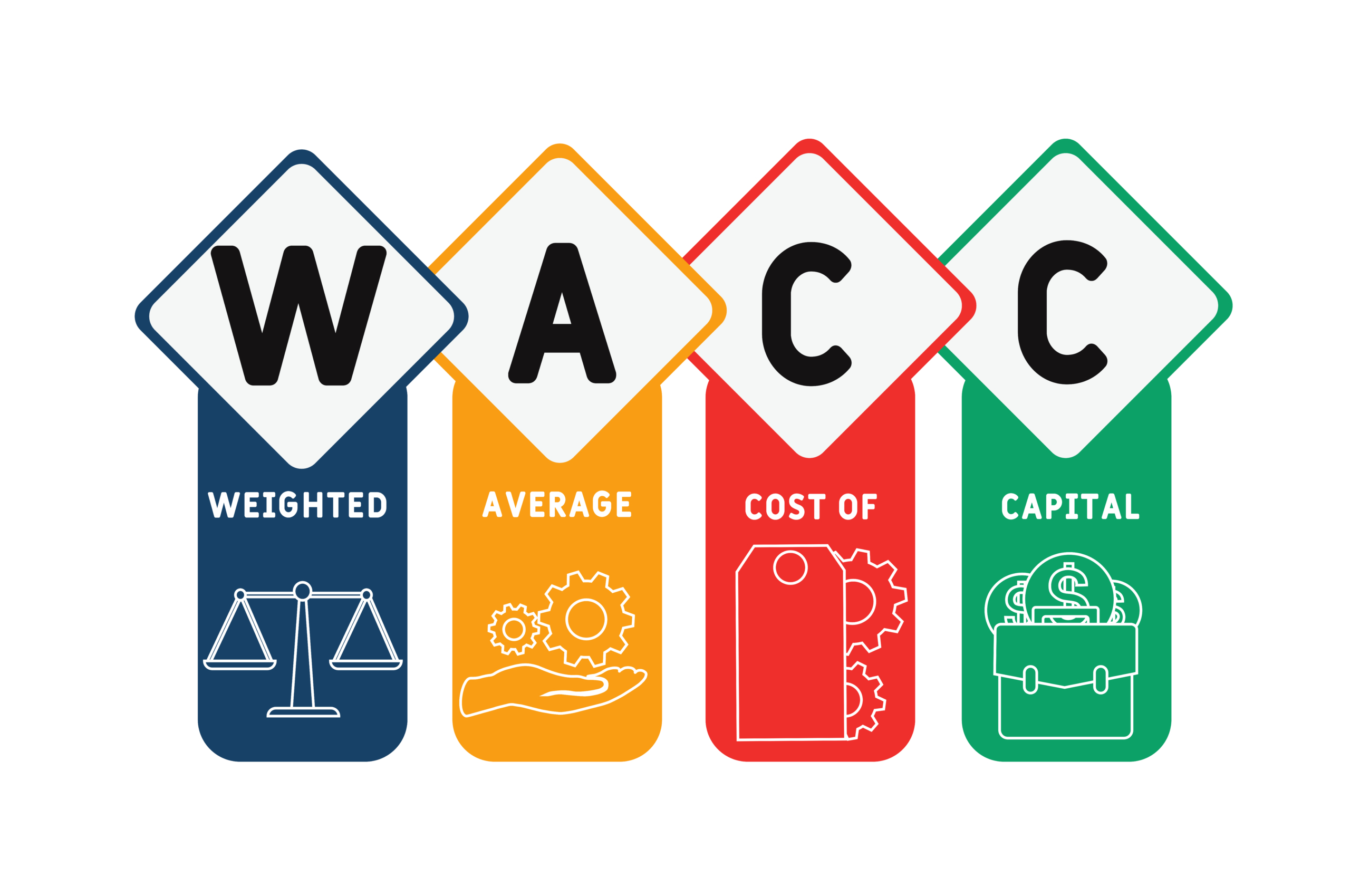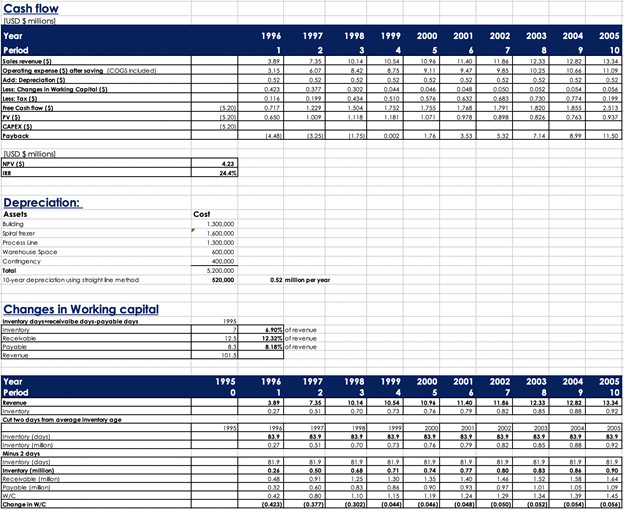Description
Following points are considered to structure the essay:
Project overview
Key items for determining free cash flows for investment analysis WACC and capital structure
Assumptions
Cashflow scenario 1: 100% sold
Cashflow scenario 2: 75% sold
Cashflow scenario 3: 50% sold
Payback period
NPV, IRR, Payback comparisons
Benefits and risks (SWOT analysis)
Recommendations
Assumptions:
-
- We have made three scenarios with the assumption that the unit cost saving will only be achieved by 50%: 100% sold (best scenario) / 75% sold (realistic scenario) / 50% sold (worst case scenario)
The project will have a life of 10 years
The corporate tax rate will stay at 38.5% per annum throughout the life of the project
- We have made three scenarios with the assumption that the unit cost saving will only be achieved by 50%: 100% sold (best scenario) / 75% sold (realistic scenario) / 50% sold (worst case scenario)
- The inflation rate will be averaged out to 4% per annum
-
- The average operating margin is 15% of sales revenues; operating expense plus COGS is 85%
- All extra expenditures (building, spiral freezer, processing line, warehouse space, contingency needs, etc) will be 100% depreciated by using the straight-line depreciation method over ten years
- There will be no salvage value at the end of the life of the project
$40,000 spent on securing the US contract and $223,000 fixed administrative costs are treated as sunk costs already
- baked in expenses
The project rollout will realize unit cost save of $0.019/unit. However, we took a conservative view that only
- half of the anticipated savings are realizable for all scenarios. Further, 70% of that savings applied only in Year 1.
Additional savings of $138k will be realized over ten years. This will increase following the inflation rate of 4%/year
- over ten years. (inflation is averaged out and applied to all years)
- Capital cost allowance is 100% received and is deducted from taxable profits. This follows Exibit6.
- Changes in working capital follows inventory + receivable – payable, calculated back based on the % out of total revenues in 1995.



Reviews
There are no reviews yet.